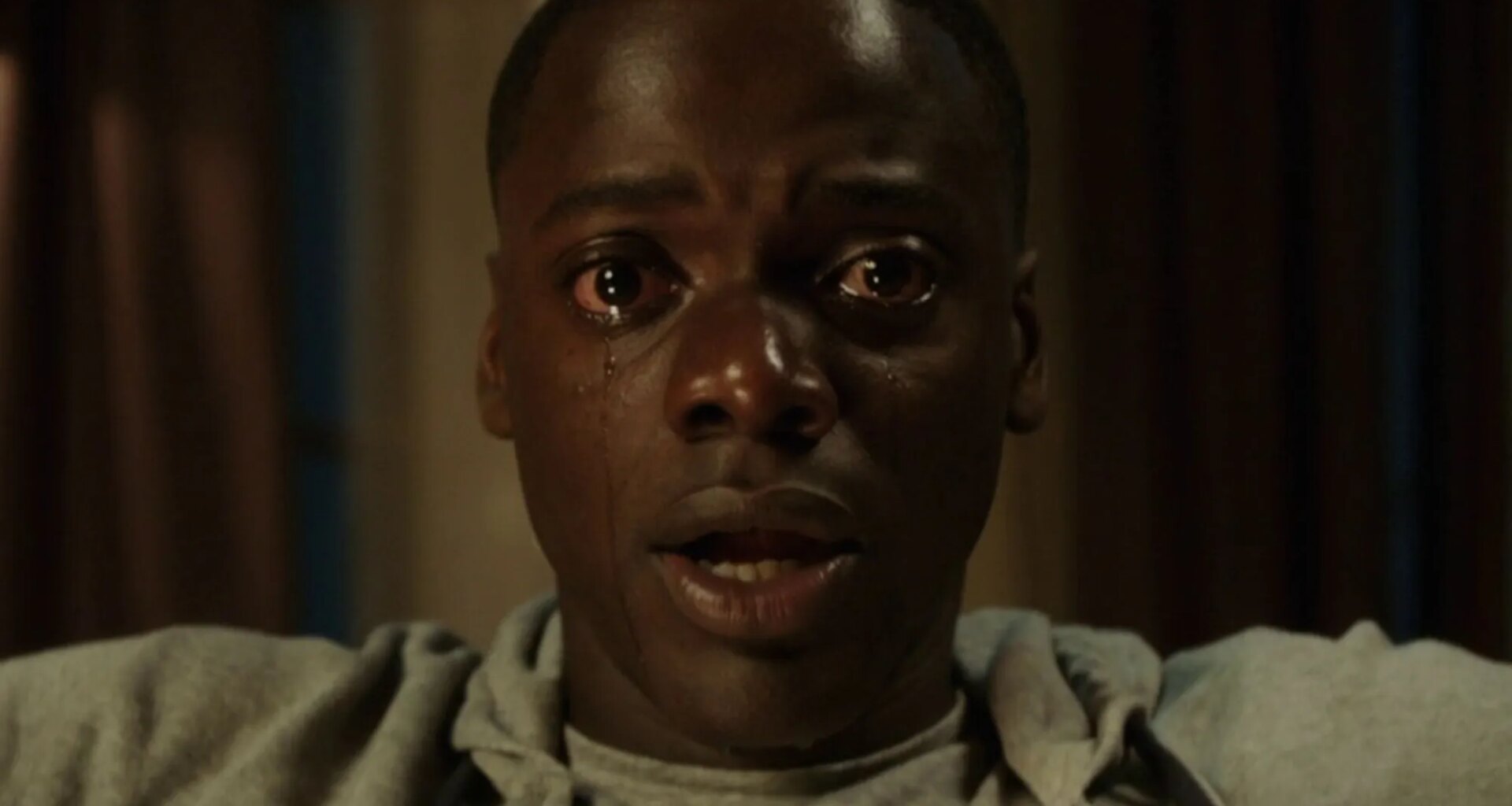Over the past ten years, horror has gone through a transformation no one really saw coming. A genre once seen as predictable started delivering movies that go way beyond jump scares, blood, and all the clichés we’re used to. Over time, horror reinvented itself, proving it could be smart, provocative, and even emotional in just the right way. Fear got new layers and started reflecting real-life anxieties, with stories that disturb because they could actually happen. Many of them stick with viewers for days, whether because they traumatized them somehow or hit on something deeply personal. The genre became more real than ever.
And among so many, a few specific productions managed to stand out — the kind fans still talk about years later or use as fuel for endless debates. These are the movies that marked a shift in what it means to go to the theater or turn on the TV, looking for something scary. Here are 5 great horror films from the last decade that feel destined to become future classics and stay in the public’s memory for a long time.
5) The Witch
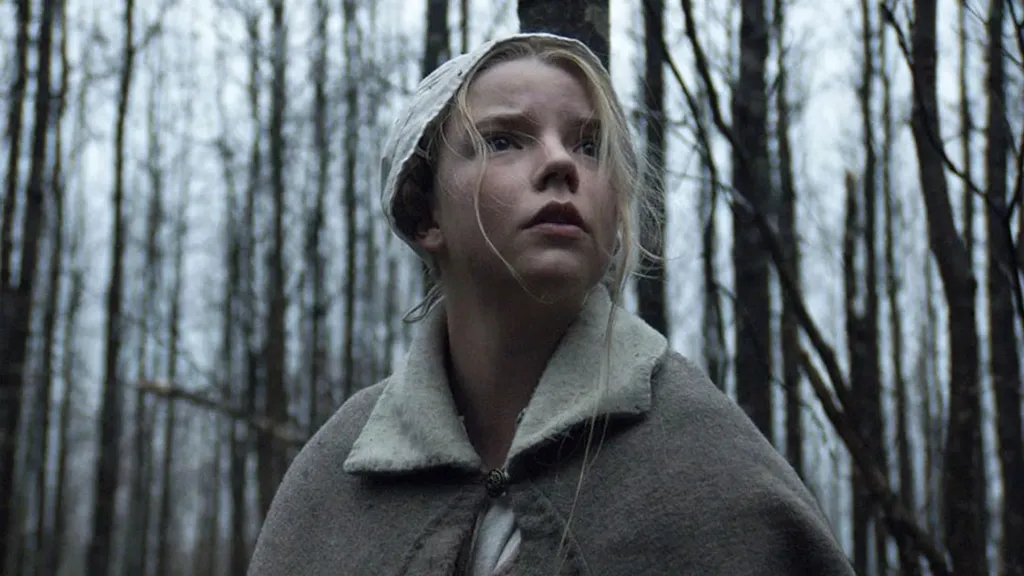 image courtesy of a24
image courtesy of a24
You know that kind of horror that slowly creeps in and gets under your skin? The Witch is the peak of that. The movie is already considered a work of art by many fans because it doesn’t rely on jump scares — instead, it builds an entire world driven by paranoia, religion, and despair. That’s what makes it so captivating and gives it the weight of something every horror fan should watch to understand what real filmmaking in the genre looks like. The story follows Thomasin (Anya Taylor-Joy) and her family as they face increasingly strange and threatening events in the woods near their home.
Directed by Robert Eggers, the fear here is psychological, and every detail from the language to the costume design adds to a tension that keeps growing as the story unfolds. The film is built so that the horror sneaks up on you, until you realize you’ve been holding your breath through entire scenes. The Witch is a slow burn that demands patience, but it pays off in a big way. It’s genuinely unsettling, deeply impactful, and so distinct that it’s hard to even compare it to other movies that tried to pull off something similar. Even now, it already feels like a modern cult classic.
4) Midsommar
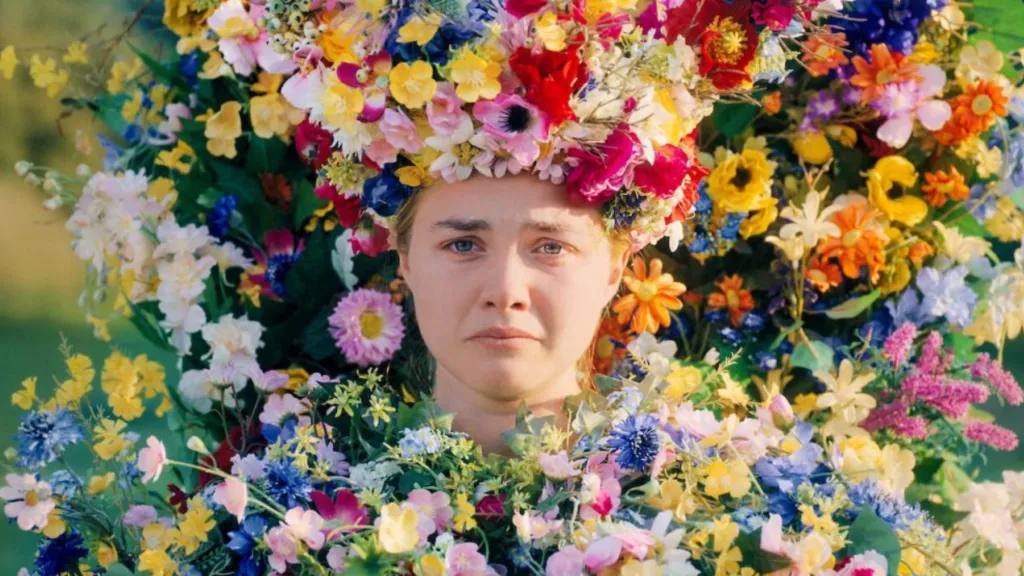 image courtesy of a24
image courtesy of a24
This is a movie that completely breaks down what people think horror needs to be. There’s no dark, haunted house atmosphere or screaming in the middle of the night — Midsommar goes in the opposite direction. It’s horror in broad daylight, and somehow, that makes it even worse. Set during a colorful Swedish festival filled with strange rituals, the film follows Dani (Florence Pugh) as she struggles with a personal tragedy and travels with her boyfriend and friends to a rural commune. Then, what starts off looking peaceful quickly turns disturbing. It’s pure psychological horror, the kind that hits hard because it taps into loss, grief, and emotional isolation.
Directed by Ari Aster, Midsommar is deeply unsettling, especially the first time you watch it. The timing of the horror is perfect, and when the credits roll, the film sticks with you far longer than you’d expect. It might not be the traditional kind of “scary” horror fans usually go for, but when it was released, it got everyone talking for a reason — it genuinely messed people up. The movie shifted expectations for what horror could look like, and Pugh’s performance is absolutely phenomenal. There’s no doubt this one’s already on its way to becoming a classic, redefining how audiences see horror on the big screen.
3) The Babadook
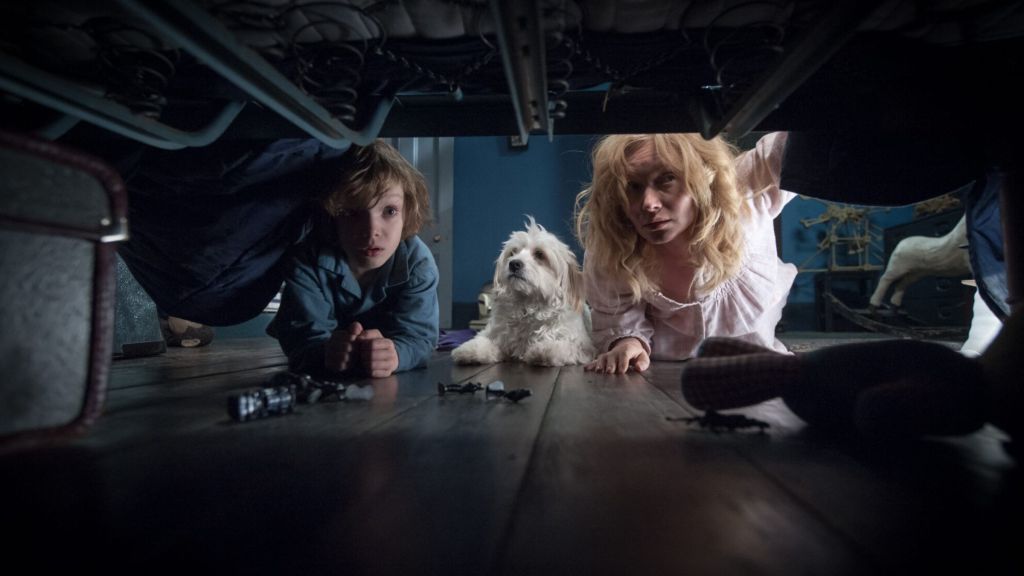 image courtesy of umbrella entertainment
image courtesy of umbrella entertainment
The Babadook might not be the first title that comes to mind when people think of modern horror, but it’s basically a masterclass in how to mess with the audience’s mind — and that’s exactly what horror fans secretly want. Sometimes it’s not about getting scared or feeling the adrenaline rush; it’s about that constant tension that never lets you breathe. The story follows Amelia (Essie Davis), a widowed mother struggling with grief while raising her troubled son, Samuel (Noah Wiseman). When a strange children’s book suddenly appears in their home, everything starts to spiral, leaving you questioning whether the horror is supernatural or born from unresolved trauma.
Like many great horror films, it takes something painfully real, such as grief, depression, and loss, and turns it into a literal monster. The terror comes from the quiet moments, the glances, the silences, and of course, the Babadook itself. But what makes The Babadook so impressive is how it balances every element with surgical precision, giving each scare and every unsettling scene genuine emotional and psychological weight. That’s not something you see every day. It’s a story about universal emotions, using fear as a mirror — and that kind of horror never gets old.
2) Hereditary
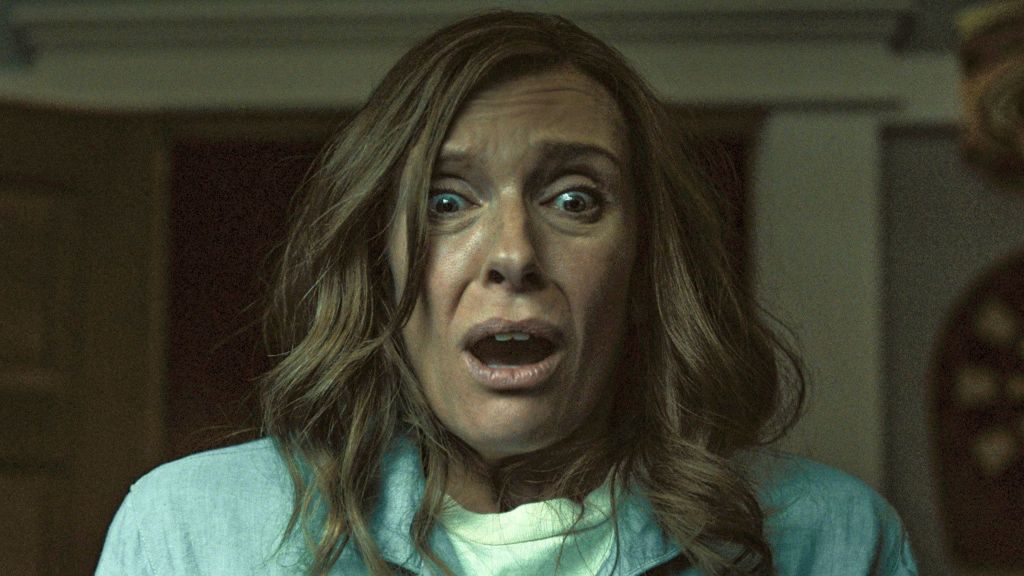 image courtesy of a24
image courtesy of a24
These days, it’s easy to find people saying Hereditary isn’t that scary or that they expected more. But that’s missing the point, because this is a film that made history the moment it came out. Why? Because it doesn’t waste a single second trying to be “friendly” to the audience. From the very first minutes, you can feel that something is horribly wrong. It’s like the movie’s introduction alone is enough to put you on edge. The story follows the Graham family as dark secrets and supernatural forces begin to surface after the death of the family matriarch. It’s psychological horror through and through — you don’t just watch it, you feel it.
Another one directed by Ari Aster, here, the sense of inevitable horror is overwhelming. You know it’s going to end badly, yet you can’t look away. Once you hit play, there’s no turning back, even if you wanted to. It’s brutal, disturbing, and deliberately exhausting, because the emotional impact is part of the experience — that’s exactly what secures its place as a future classic. It doesn’t age, and it still sparks debate years later among horror fans. With its lasting influence on the way psychological horror is told today, Hereditary stands as a defining moment: a blueprint for how to craft unforgettable horror storytelling.
1) Get Out
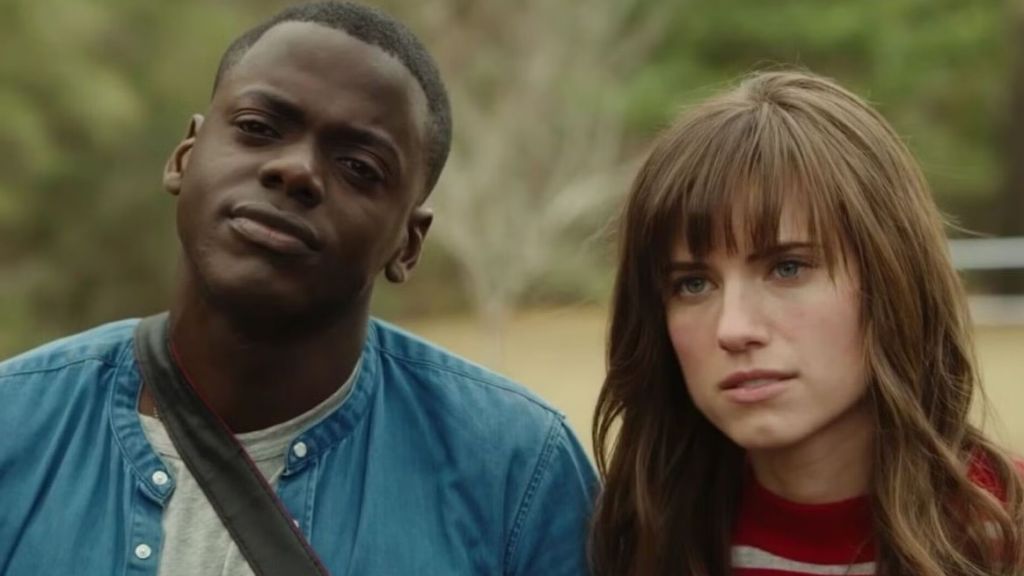 image courtesy of universal pictures
image courtesy of universal pictures
Get Out isn’t just a horror movie; it’s the kind of film that makes you think while keeping you tense the entire time. The idea here is to take the horror genre and turn it into sharp social commentary. The story follows Chris (Daniel Kaluuya), who visits his white girlfriend’s family only to realize something is very, very wrong. Racism, privilege, and microaggressions sit at the center of it all, but the film handles these themes with surgical precision, mixing tension and scares in just the right amount. It’s smart, efficient, and completely unforgettable — easily one of the most important horror films of its generation.
This is the kind of movie that gets better every time you revisit it, as you start noticing new layers of symbolism and social critique that might have slipped by the first time. Every scene is crafted to build discomfort, from the dark humor to the full-blown terror. Get Out works so well because it’s not just scary; it’s relevant, bold, and deeply personal. It speaks directly to the audience in a way most horror films never even attempt. It stays powerful, it stays timely, and it’ll keep resonating for years to come. This is the kind of movie that critics and audiences will still be studying and celebrating decades from now.
What do you think about these movies? Do you think they’ve got what it takes to be remembered years from now? Do you have a favorite? Let us know in the comments!
